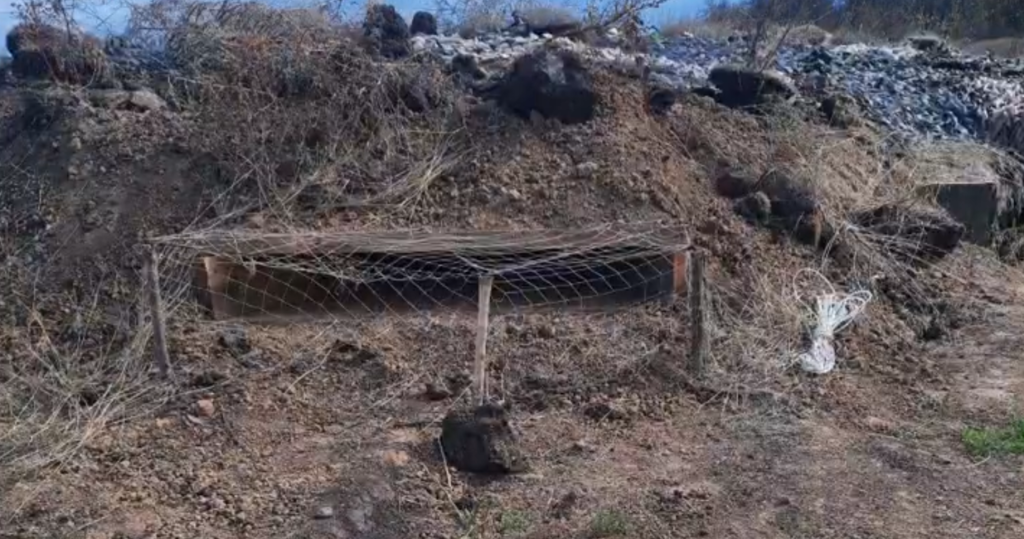Ukraine’s use of drones has forced Russian soldiers to develop makeshift defenses.
Others are reading now
videos have surfaced online showing Ukrainian FPV (First-Person View) drones striking Russian positions, including drones entering bunkers and striking open trenches with mortars.
Makeshift Defenses
These drones, including the infamous “Baba Yaga” models armed with mortar rounds, have become a crucial part of Ukraine’s military strategy, giving Ukrainian forces a notable edge in commercial drone warfare.
Ukraine’s use of drones has forced Russian soldiers to develop makeshift defenses.
Tank crews have added crude, scrap metal shields — resembling “armored sheds” — on their vehicles.
Also read
Infantry units now include “drone hunters,” soldiers equipped with semi-automatic shotguns to attempt shooting down drones before they strike.
Detonates Incoming Drones
Field fortifications have also been modified to defend against drones. Images show that bunker entrances are now covered with steel mesh designed to detonate incoming FPV drones before they reach the soldiers inside.
Russian forces also use camouflage netting to better hide these entrances.
Covering entrances with mesh provides protection if the bunker entrance is angled. This positioning shields troops and ammunition from shrapnel in the event of a drone explosion.
However, mesh barriers make quick entry and exit difficult, posing risks if soldiers need to evacuate rapidly. Footage shows that when drone detectors sound, Russian artillery crews often panic and struggle to hide in time.
This approach works mainly for bunkers, as covering open trenches with mesh is less effective.
FPV drone warheads detonate in the air, rendering mesh barriers ineffective against incendiary weapons like thermite or napalm, which can inflict damage regardless of mesh protection.



